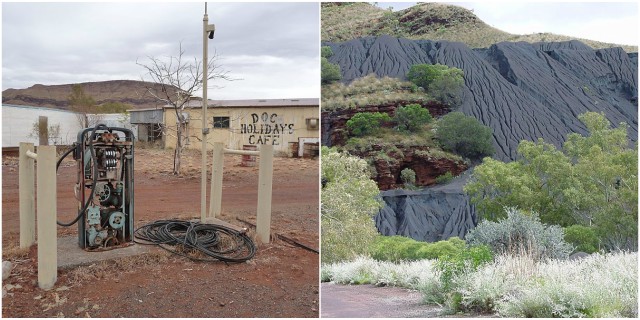To properly tell the fascinating history of the ghost town of Wittenoom, Australia, we gotta go way back to the beginning when it all started. And it starts with a man by the name of Lang Hancock.
Curious by nature and showing an interest in prospecting from a very young age, Lang discovered blue asbestos in a gorge that was near the Mulga Downs Station property. He was only ten years old then and lived with his family, who owned a farming estate on the property. When he became a man, in 1934, Lang staked a claim for mining in the area and started digging.
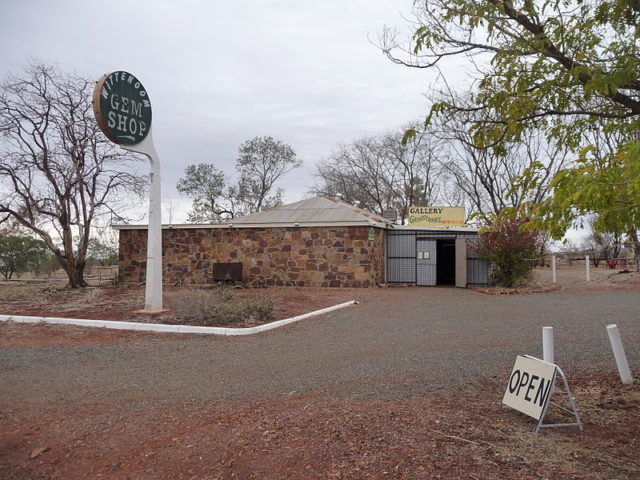
Three years later, Lang showed the samples he had found to two ambitious prospectors, Izzy Walters and Walter Leonard, who informed him that he could get approximately £70 per ton for the mineral. With this information, Lang was now certain that he had struck “gold”, and he and his partner, Peter Wright, secured all the claim that they could get their hands on right away.
Now they were good to go ahead and start large-scale mining in the area. And in honor of his friend, Frank Wittenoom, Lang named the gorge and the land around it after him. Soon, Walters and Leonard and their company West Australian Blue Asbestos Fibres Ltd pegged a claim at the nearby Yampire Gorge and started mining.
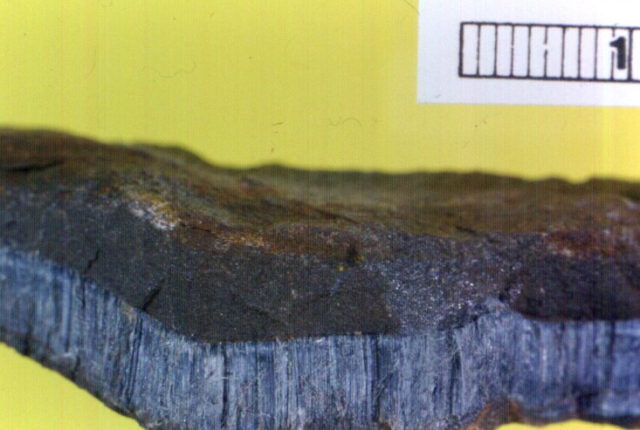
However, the start of World War II inadvertently caused a tectonic change in the Australian asbestos market, as asbestos became very much needed and in high demand, especially for use in military tanks, planes, and battleships, even for the soldier’s gas masks and helmets.
Soon, Australian industrial giant the Colonial Sugar Refining (CSR) Company, which had little to no experience in mining, took an interest in this field. And in 1943 they bought most of the shares, taking over both the Wittenoom and Yampire Mines. Hancock and Wright’s interest was turned into a CSR subsidiary called Australian Blue Asbestos Ltd, where they remained as managers until 1948 when CSR took a hold over the entire asbestos project.
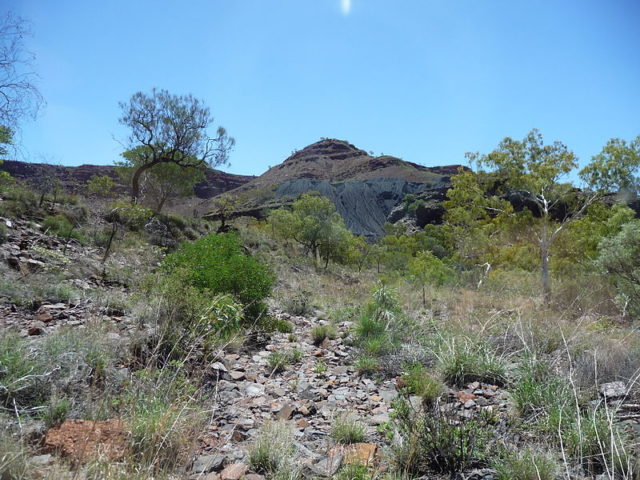
In 1946, the Yampire mine closed down and the Wittenoom Gorge mine became the primary mining area. Because asbestos was in high demand and more workers were needed, the Australian Mines Department pushed for a townsite to be built near the mine. This was approved by the government, and the following year the town of Wittenoom was erected about 6 miles away from the mine, mainly as a place of residence for the miners. It was officialized on 2 May 1950, and by 1951, Wittenoom counted some 150 houses with a population of over 500 inhabitants.
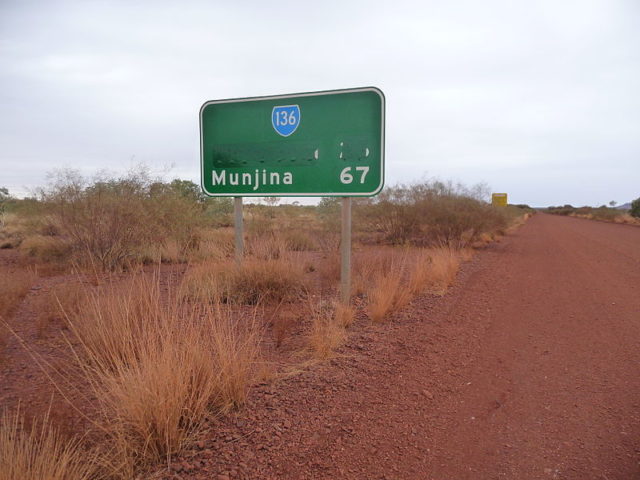
Wittenoon continued to prosper and expand. All throughout the 1950s and early 1960s, it was Australia’s only supplier of asbestos. Beginning from 1943 up to 1966, a total of 161,000 tons were mined from the gorge. But as the town was growing, so were the concerns about the town’s lack of health regulations regarding the dangers of asbestos and dust that were being generated from the mine.
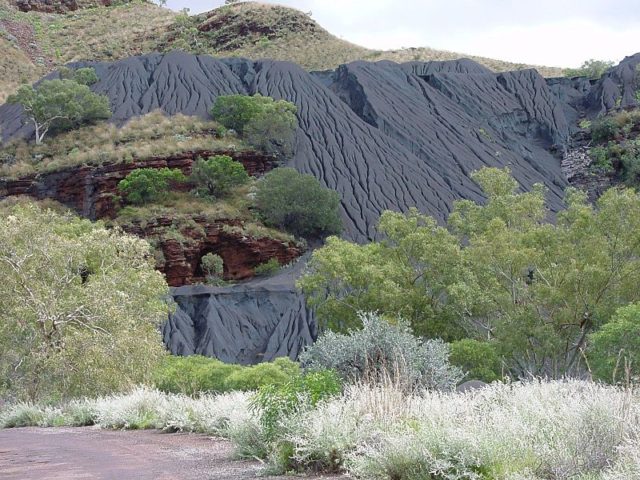
Dr. Eric Saint, a Government Medical Officer, was the first who wrote to the then head of the Health Department of Western Australia, to warn about the dust levels in the mine, and that the men who are directly exposed to asbestos would very likely contract chest disease inside six months. And this was way back in 1948 when the mine was just starting.
He also said that the mine would be responsible for the greatest case of asbestosis the world has ever seen. And he was right because as of today, the estimated figure of people who died of asbestos-related diseases in Wittenoom is around 3,000. But it would take more than 10 years for the Health Department to take notice of his claims and intervene.
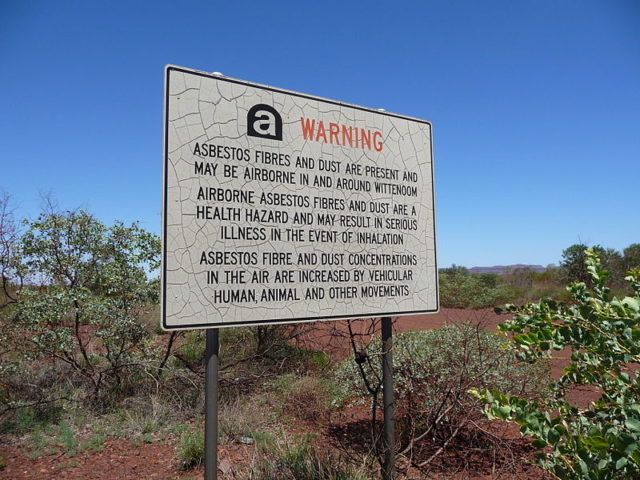
In 1959, Dr. Jim McNulty visited Wittenoom to do a clinical observation of the mine. When he saw, first hand, how bad the working conditions actually were, McNulty was simply appalled by what transpired there and he sent a thorough report to the Health Department. However, even Dr. McNulty’s repeated warnings to the company’s manager about the health risks from the mine, for both the miners and the people living there, weren’t enough for the company to shut down the mine.
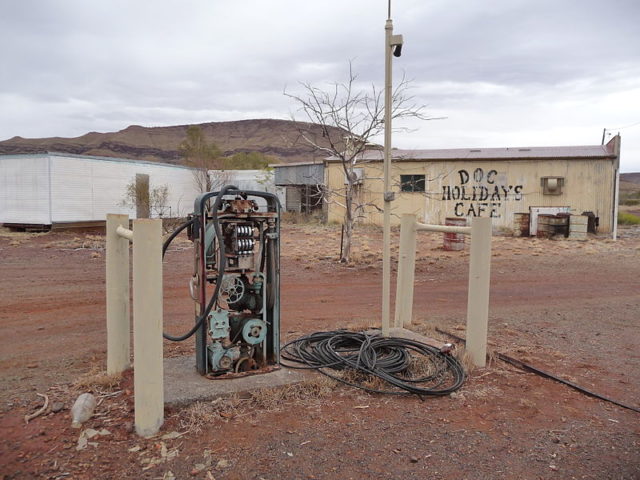
The asbestos mining continued. In the end, the reason behind the closure of the Wittenoom Gorge mine was no other than the most common one: money. CSR has been losing money since 1956, struggling to somehow turn the operation back into profit. They forced the miners to work two and even three shifts a day, but to no avail. Finally, in 1966, CSR decided to shut down the mine for good.
Nevertheless, the story of Wittenoom didn’t end there. Dr. McNulty continued his primary goal in phasing out all activity in Wittenoom. From 1975 to 1984 he served as Western Australia’s Commissioner for Public Health and was instrumental in the decision of the State Government to adopt a policy of closing down Wittenoom’s contaminated areas.
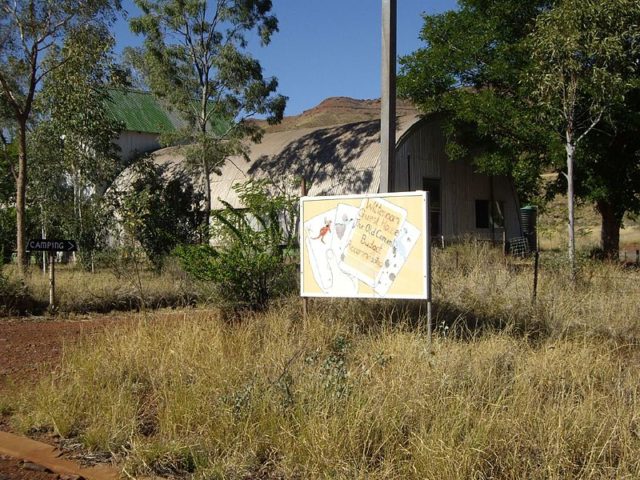
Somehow this didn’t work out as planned, because while many residents were moving out of the town, Wittenoom and the surrounding area became quite a popular tourist attraction over the years, which nobody expected to happen. Additionally, the remaining locals were opposed to closing the town and they were the ones who lobbied for the area be turned into a tourist place.
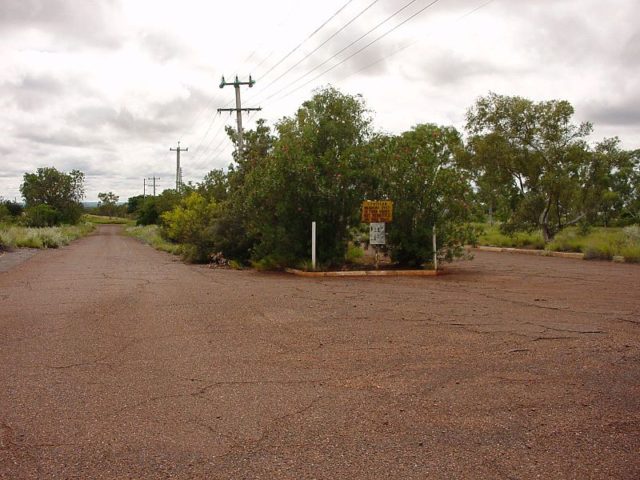
This dispute continued until 2008 when, finally, the Western Australia Health Department managed to declare the surrounding area “not suitable for any form of human occupation or land use”. Wittenoom was removed from official maps and in 2013 the town was closed to the public.
